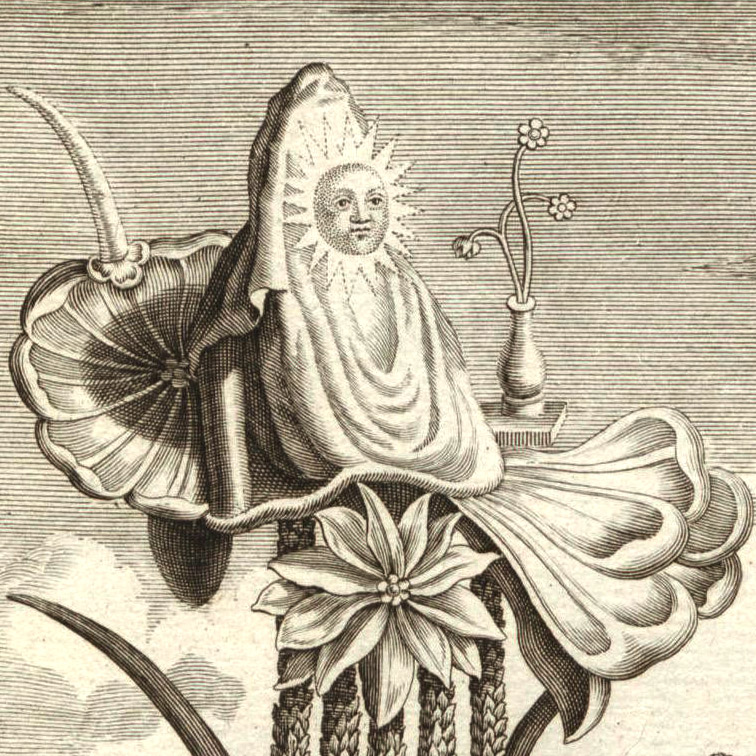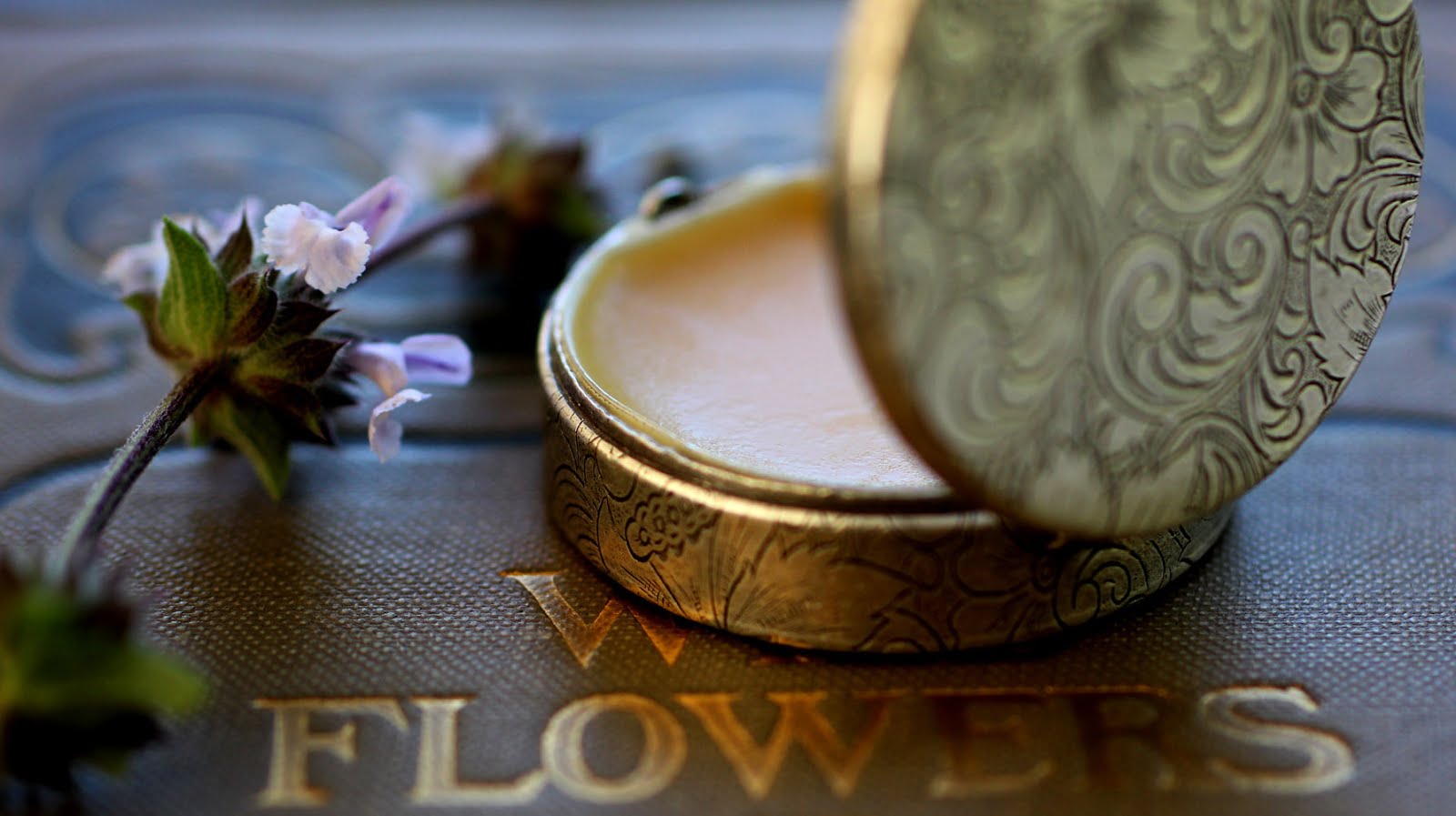“Penetrating into the earth,
I sustain all creatures by My strength;
by becoming the moon full of juices,
I nourish all plants.”
~ Bhagavad Gita
According to the pagan Calendar of the Sun, May is called Thrimilchimonath (three-milkh-ee-mon-ath) in reference refers to the dairying time. Some texts indicate that the Greeks named May after their Goddess Maia, the daughter of Atlas. She is the Goddess of the Spring Time, the benevolent lady who brings an increase in warmth and light.
Plant angelica today on May 8th, or make a potion using the dried herb or the essential oil, to honor Archangel Michael.
In the northern hemisphere the month is associated with a bounty of flowers and honey bees.
“A swarm of bees in May
Is worth a load of hay.”
Is worth a load of hay.”
On May 14th it will be two years since the first swarm of bees arrived here to our compost bin. Our two current hives are busy bringing in nectar and expanding their numbers. The garden is pulsating with blossoms and continued signs of the restoration of the land.
Blue Ceonothus flowers
Although we still have a large swath to fill, the last two years have been really inspirational as we use very little water and observe how the local fauna facilitate in planting seeds. The first blossoms tend to be the blue ceonothus followed by the purple sage, Salvia clevelandii.
Purple Sage flowers, Salvia clevelandii, beloved by Hunningbirds
Next up will be the sacred white sage, perhaps if we are lucky the California roses and later during the summer the spectacular Matilija poppies.
Sacred White Sage, Salvia apiana, named Apiana for the honey bee
May 1st marked Beltane, a Fire holiday on the constantly turning Wheel of the Earth when the sexual life force is at its peak. Alongside the force of procreation and growth is the pattern of sacrafice and transcedence, perfectly symbolized in the journey of the caterpillar into a Monarch butterfly.
"The monarch changes its ecological niche entirely when it transforms from a caterpillar
to an adult butterfly, they are two ecologically different organisms,
as distinct as a field mouse and a hummingbird."
The word "psyche" in Greek means both butterfly and soul. Planting the native plants of your area provides plenty of food sources for both butterflies, birds and other beneficial insects.
The Full Flower Moon took place on Saturday, May 5th, the Strawberry Full Moon is on June 4th.
Images: The Pleiades, 1885. Elihu Vedder (American, 1836–1923) Oil on canvas, Garden photos and digital bee collage ©RoxanaVilla,













No comments:
Post a Comment